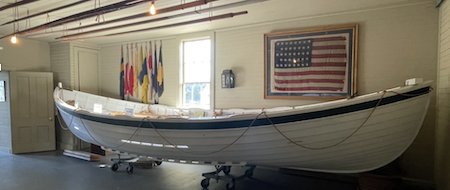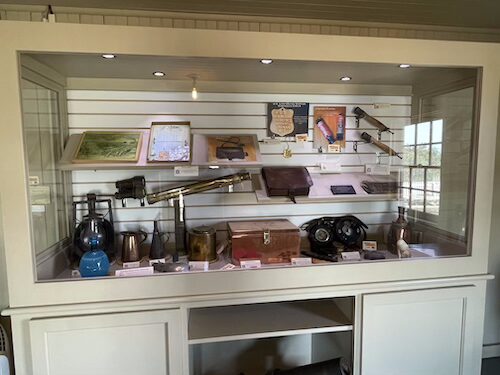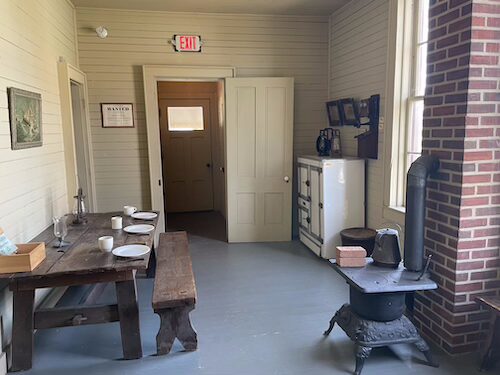Mark’s Score 8.8
On a recent trip to Bethany Beach, DE I stumbled upon the Indian River Life-Saving Station Museum, a facility run by the Delaware State Parks system. The museum is hidden in the dunes of the Delaware Seashore State Park just a mile or two north of the Charles Cullen Bridge that crosses the Indian River Inlet north of Bethany Beach.

To be honest, I truly was not expecting much. It looked to me like one of those slap-dash museums that small towns all over the country put together in an attempt to overstate their past. When we lived in Australia, we once passed a historical marker that proudly stated, “there used to be a tree here where criminals were hanged.” I was expecting something like that, a puffing-up of an uneventful past. How mistaken I was. This place was a delight and it told a story of significant events in the nation’s history.

The Indian River Life-Saving Station was part of a network of stations that stretched the entire length of the East and Gulf coasts of the United States. In 1872 the US Congress established the United States Life-Saving Service, in 1915 the Life-Saving Service was merged with the US Revenue Cutter Service to create the US Coast Guard. This station was built in 1876 and the men who manned this station patrolled the coast from Rehoboth to Bethany. Their job was to watch for shipwrecks along the coast (most shipwrecks occurred in the winter months). They had two tasks, rescue survivors and recover property. It was a dangerous and lonely job. The men lived at the station away from their families 24/7. It was also dangerous. The service had a saying, “you are obligated to go out and rescue, you are not obligated to come back.”
Most of the equipment in the original station has long since been lost, save the piano (which is an original). But the museum building has been carefully re-equipped with the supplies and tools the service would have used in the late 1800s. There are no docents, you dial a telephone number and enter the code number attached to each item. As you go from room to room you learn about the equipment they used and how that equipment was used to save lives and property. You also learn a little bit about the daily patrolling tasks of the servicemen.

I learned a great deal about the Life-Saving Service and the role it played in our nation’s history. I also walked away with an appreciation of these men’s dedication. And the museum managed to educate me in pithy 2 to 3-minute vignettes. It was a thoroughly enjoyable learning experience. I recommend you watch the six-minute introductory video at the entrance.

Leave a Reply